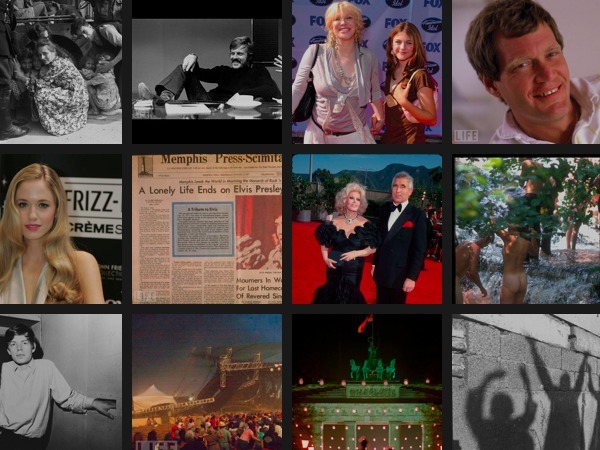Any dual Instagram-Twitter fiends should be celebrating today, as their photos now have a much better home on the microblogging site.
Twitter started rolling out a new feature on Monday that aggregates photos users have uploaded into more easy-to-see galleries. The galleries come in three flavors.


The first gallery, “User Galleries Profile View” (embedded at bottom of article), is simply a small four-photo sampler found on the user profile right-hand sidebar. Clicking “view all” opens the “User Galleries Grid View” (above), which all at once shows off a greater array of photos uploaded by the user. Finally, clicking any photo in the grid summons the “User Galleries Detail View” (below), bringing the photo into greater focus while allowing for quick navigation to other images in the gallery.


Galleries max out at the 100 most recent uploaded photos and video thumbnails will not be included. Also, due to technical limitations, images attached to tweets sent before January 1, 2010 will not be displayed. Also, deleting a tweet with an attached image will delete the image’s thumbnail from the gallery, but the image will remain online at yFrog or TwitPic, if either provider is used to host the image.
Twitter first publicly announced that it was bringing greater photo tools to the site in early June, though image uploading didn’t fully roll out until this month. The soon-to-be-rolled-out photo galleries also likely played an important role in the automatic upgrading of users to #NewTwitter.
Based on my own testing, the galleries feel nice and fluid. They add an important rich media touch to the microblogging platform, without hindering the site’s focus on the stream and without slowing down the service.
Additionally, the spartan experience of the gallery at this stage, with no photo album capabilities or anything of the like, ensure that Twitter isn’t trying to compete with Facebook or photo sites. Rather, it merely wants to supplement tweets with extra content, while keeping things relevant.
It’s a welcome upgrade.



















